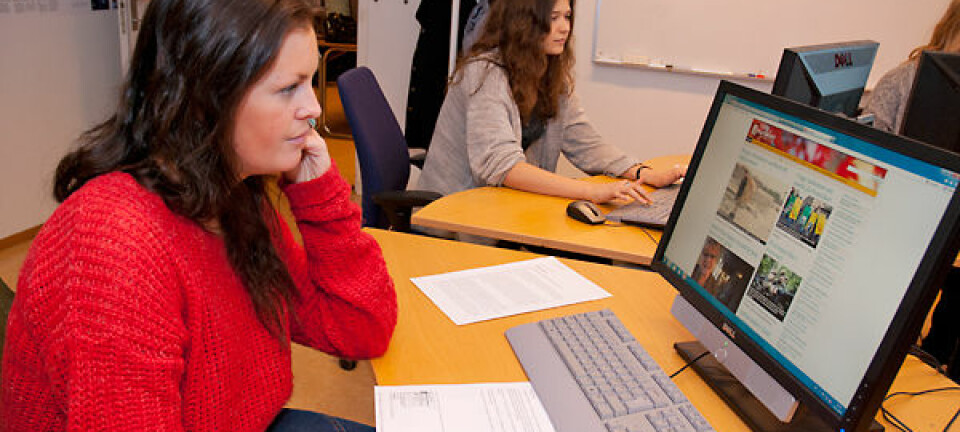This article was produced and financed by BI Norwegian Business School

The Newspaper Revolution
Originally, the newspaper industry was designed to produce print newspapers. Today the same industry is built around companies that mediate and coordinate information, news and products.
Denne artikkelen er over ti år gammel og kan inneholde utdatert informasjon.
The internet, mobile communication devices and social media have become lucrative sources of revenue for companies that base themselves on mediating and coordinating information and services in vast networks of individuals and organisations.
Some examples of the new mediating service providers are Facebook, Google, iTunes, eBay, and providers of mobile services.
One distinctive feature of these service providers is that the value of the services they provide increases in proportion with the number of users of those networks. This phenomenon is referred to as "network effects".
In his doctoral dissertation defended at the BI Norwegian Business School, strategy researcher Ulas Burkay examined how the new mediating service providers have changed the way in which the newspaper industry is organised.
Burkay examined how the Norwegian newspaper industry has changed during the period from 1993 to 2011.
Norway has been quick to adopt new digital, mobile and social communication technologies, making it a suitable research laboratory for studying the industry changes that have come about as a result.
Complete transformation of the industry
In 1993 Norwegian newspaper companies were designed to produce and distribute print newspapers. Each newspaper company gathered news, sold advertising, produced content, and printed and distributed their newspapers in one integrated production process.
In 2011 all the media companies examined in the study are either organised as mediating and coordinating enterprises or are affiliated with them.
The new generation of media companies mediate and coordinate the exchange of vast amounts of information, news, and products between the members of the media house's progressively ingenious network.
Interacting networks
Online newspapers have become exchange hubs for all kinds of information.
As well as producing and distributing news, it facilitates the exchange of information between the newspaper's readers via blogs and social networking sites such as Facebook and Twitter. This enables readers to share news and information with other networks.
Unsold advertising space is made available through advertising networks operated by advertising aggregators. These specialised advertising brokers earn their revenues by matching advertisers with desired target groups.
The businesses that mediate and coordinate information, services and products have become key building blocks in the newspaper industry, which is now based on production networks.
A heads-up to other industries
In his study Ulas Burkay identified two key conditions that must be satisfied if mediating service providers are to be able to fundamentally change an industry's architecture:
1. A growing number of actors possess resources (information, services, products, etc.) that have potential value to other actors. New needs arise for coordinating the exchange of these resources within the market.
2. The internet and other coordinating technologies are used by actors with complementary resources.
The change in industry architecture comes about in two stages.
First, the mediating service providers establish institutions that support exchange and coordination within industry networks so that companies can trade with individual industry actors that possess resources of complementary value. They use the internet to establish coordination and interaction between the actors in a network.
Secondly, they establish partnerships with other mediating service providers, including their competitors, to increase the network they serve.
In a relatively short space of time this dynamic can totally change an industry's architecture, as we have witnessed in the Norwegian media industry.
Scientific links
- Ulas Burkay (2012): "The Rise of Mediating Firms: The Adoption of Digital Mediating Technologies and the Cosequent Re-oragnization of Industries". Series of Dissertation 4/2012. BI Norwegian Business School
- Ulas Burkay's home page at BI
































